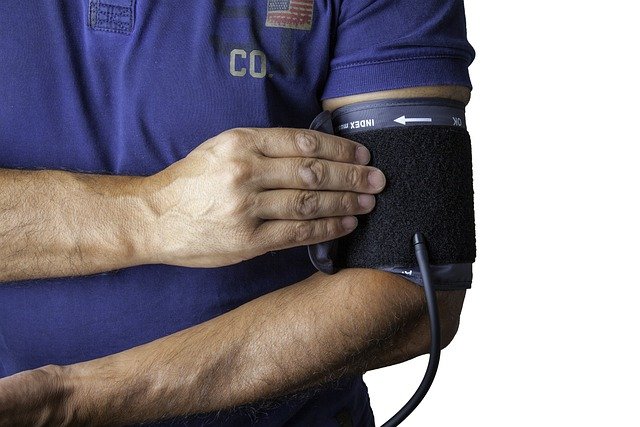When and How Often to Schedule Preventive Health Screenings
Regular preventive screenings help identify risks and guide timely care. Understanding which checkups and diagnostics to schedule, and how often to repeat them, supports long-term wellness. This article outlines common assessments, typical timing, and practical tips to plan routine evaluations.

Regular preventive screenings and checkups create a baseline for your health and help detect changes early. Scheduling appropriate evaluations at recommended intervals—based on age, sex, family history, and risk factors—makes diagnostics more useful and can reduce downstream interventions. This article explains common screening components, how often they are typically performed, and how to interpret results to support ongoing wellness.
This article is for informational purposes only and should not be considered medical advice. Please consult a qualified healthcare professional for personalized guidance and treatment.
What screenings and checkups are commonly recommended?
Common preventive screenings include blood pressure checks, cholesterol panels, blood glucose tests, cancer screenings (such as mammography and colorectal screening), and immunizations. Routine checkups often combine a vitals review, basic labs, and a focused evaluation of symptoms or risks. Primary care providers tailor screenings to each person’s health profile; for example, someone with a family history of diabetes may receive glucose monitoring earlier and more frequently than average.
How often should preventive health screenings occur?
Frequency depends on the test and individual risk. Blood pressure is typically measured at each visit or annually if stable. Cholesterol panels are often done every 4–6 years for low-risk adults but more often for those with cardiovascular risk. Cancer screening intervals vary by type and guideline—for example, colorectal screening may begin at a certain age and repeat every 1–10 years depending on the test. Discuss personalized intervals with a clinician to align preventive timing with your biometric and medical history.
What does a physical assessment include: vitals, labs, diagnostics?
A standard physical assessment commonly includes measurement of vitals (blood pressure, heart rate, respiratory rate, temperature), weight and height or body-mass calculations, and a focused physical exam. Diagnostics often involve basic labs—complete blood count, metabolic panel, lipid profile—and may include urine testing or targeted imaging when indicated. Labs and diagnostics convert subjective complaints into objective data that guide evaluation, help establish baselines, and reveal changes that need follow-up.
When are biometric evaluations and clearance required?
Biometric evaluations and medical clearance are requested for specific scenarios: employment, sports participation, driving for certain professions, or preoperative assessments. These evaluations measure vitals, sometimes include EKGs or lab work, and screen for conditions that could impair safety. The timing depends on the activity—pre-employment exams are done before starting work; clearance for surgery is done in the days to weeks before a procedure. Requirements vary by employer, organization, or medical specialty.
How to use screening results for wellness planning?
Screening results inform risk reduction and wellness planning. Elevated blood pressure or abnormal labs typically prompt lifestyle counseling (diet, exercise, smoking cessation) and may lead to repeat testing or medication when appropriate. Use evaluation data to set measurable goals—improving lipid numbers, lowering fasting glucose, or achieving a healthy weight. Keep a record of diagnostics and trends over time; longitudinal data helps clinicians assess response to interventions and adjust plans.
How to prepare for a checkup or diagnostics appointment?
Preparation improves the value of a checkup and the accuracy of diagnostics. Bring a list of medications, a summary of medical history, and any questions about symptoms or family history. For certain labs, fasting may be required—confirm instructions with the clinic. Wear comfortable clothing for vitals and physical exam, and arrive with prior test results if changing providers. Clear communication and organized records make evaluations more efficient and meaningful for wellness assessment.
Conclusion Routine preventive screenings and structured checkups provide a foundation for informed health decisions. Tailoring the timing and type of assessments to individual risk factors, maintaining a history of vitals and labs, and discussing results with a qualified clinician supports better long-term outcomes. Regular evaluation—combined with lifestyle adjustments when needed—helps turn diagnostic information into practical wellness strategies.






